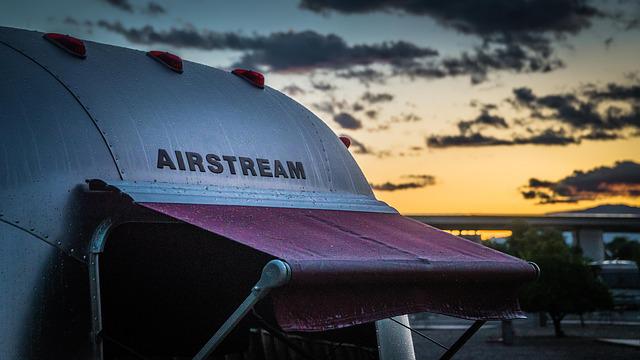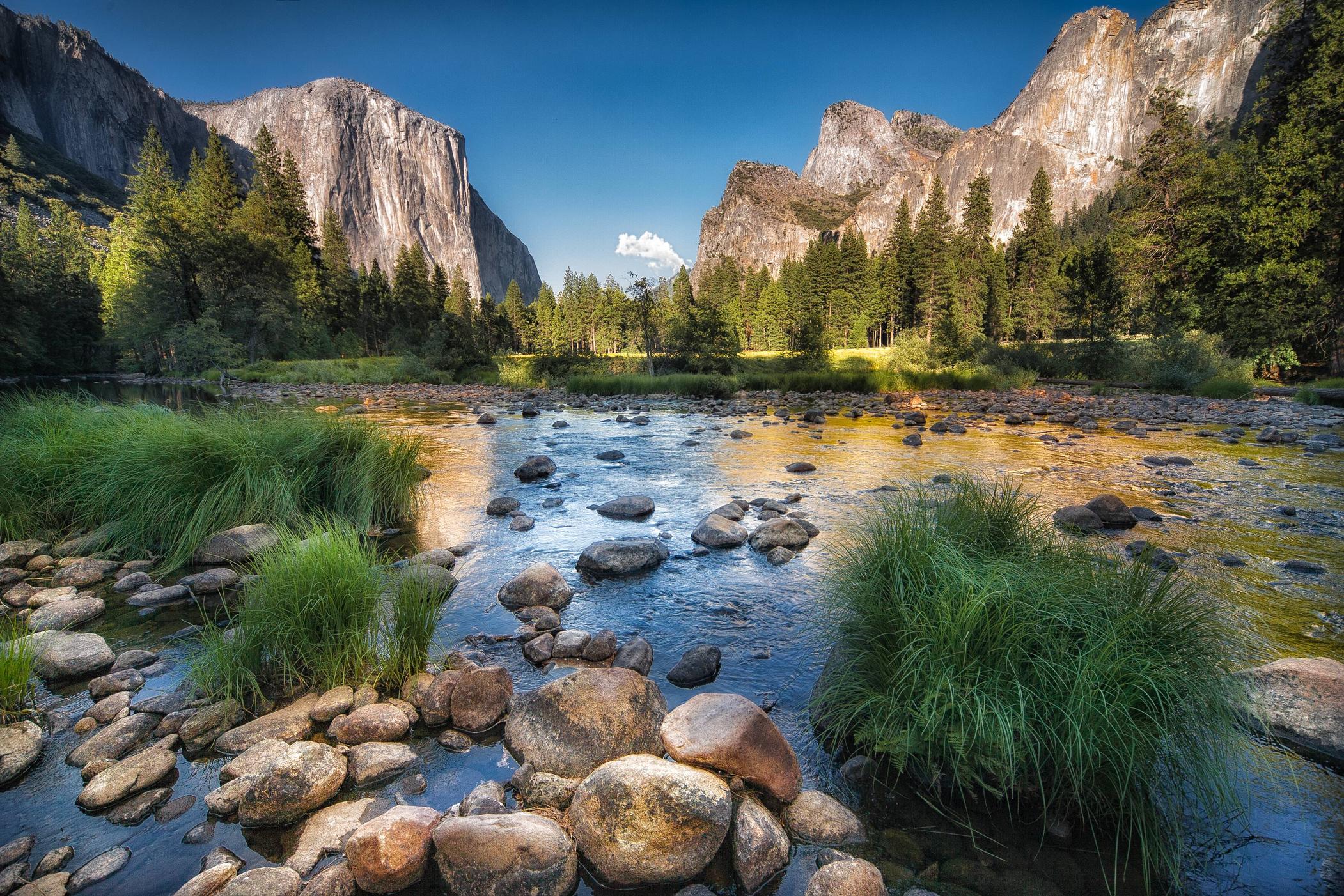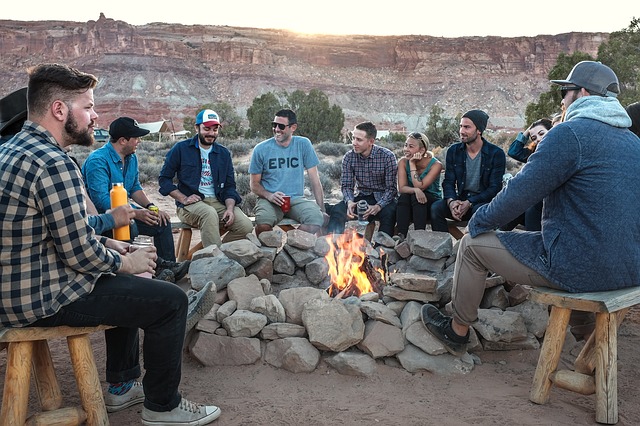
The Chisos mountain range and a large swath of the Chihuahuan Desert are the backdrop for Big Bend National Park in southwest Texas. The Ross Maxwell Scenic Drive winds past the ruins of the Sam Nail Ranch. Santa Elena Canyon boasts a breathtaking view of a canyon surrounded by limestone cliffs. Near the Mexican border, you can visit the Langford Hot Springs and its pictographs and foundations for an old bathhouse.
There are many ways you can camp in Big Bend. In some areas of the park, there are developed campgrounds. You can access the park via less-developed roads in remote locations. During peak camping seasons, the park prohibits visitors from staying more than 14 nights at one campsite. Boondocking is also possible at Hannold Draw. This site allows horses to graze. Some sites can hold up to 8 horses.

If you are going to be camping in the Big Bend National Park, there are several tips to follow. Before you start setting up camp it is important that you review COVID-19 regulations. Second, make sure you have enough water. Water is vital for your comfort. It is so remote that almost no light pollution is possible. It's also a great spot to take a nap and spend the night stargazing.
Big Bend has many camping options. There are also developed campgrounds located in Chisos Basin (Cottonwood), and Rio Grande Village. These campsites have amenities and facilities. Most sites have picnic tables and bear proof food storage. Some campsites have covered concrete pads. Whatever type of camping you are looking for, the Big Bend has it all. The National Park Service's website also provides a map of the various campgrounds in the park.
You can rent a horse to explore the Big Bend from your home if you don't want to hike. Horseback riders who are keen hikers will be able enjoy the park’s beautiful landscapes. RV owners can bring their RV to the park. An RV can help you save money on gas and make the entire trip more fun! You can also travel with your dog to the national forest.

The National Park Service also manages four campgrounds in Big Bend National Park. Three of these campgrounds are frontcountry campsites. If you're traveling from the west, you can pick a campsite in backcountry. There are also several options for RV and car camping in the park. If you want to stay overnight, you'll need to check the state's rules before you go to the park. The park does not have paved roads.
FAQ
What kinds of guns are allowed to be used?
There are many different types of weapons you can use while hunting.
Hunters often use rifles shotguns handguns and muzzleloading firearms.
Rifles are designed to fire bullets from long distances. Shotguns are usually loaded with pellets. Handguns can fire bullets through the hands. Muzzle-loading firearms work in the same manner as modern-day pistols.
Crossbows can shoot arrows. Bowhunters are archery weapons.
Crossbow hunting requires special training. The first step is to master the art of shooting and aiming the weapon.
Why is hunting a good hobby for you?
Hunting is like playing chess in nature. You must think ahead, plan your moves, and anticipate where you will be playing next.
Hunting is about finding food. This means that you need to know how to track prey and when to stop. These things are essential to hunting success.
It is important to always be alert when hunting. You won't miss any chances. If you do happen to see something, be sure to get close enough to identify it. Make a list of all the things you saw and keep it. If you decide to hunt again, this will be helpful.
It is more than just shooting targets. It's about being in sync with yourself, your surroundings, as well as the animals around.
What is the most important part when hunting animals?
How do we get there? First, we need to know how to shoot accurately. Then we must learn to hit our target. Finally, you must be able to make changes if you fail.
Knowledge is key to hunting. If you don't know what you're doing, then you'll never improve. You might think you've improved because you've gotten better shots, but if you didn't know what you were doing before, those shots won't mean anything. This is also true for hitting targets. If you don't understand why you're missing, you'll never improve. This means that you must know what you are aiming for.
This is where knowledge comes in. Knowledge is key to your ability to hunt. When you're out in nature, you want to know everything you can about the animals you see. It's important to learn about their habits, personalities, and behaviors. This way, you can plan your hunts so they go smoothly and efficiently.
You should always try to learn from others who have been successful in the past. There are many books that can be found on this subject. In addition, there are websites like www.thehuntingzone.com that offer great tips and advice. There are also people with years of experience. They can help you to identify what works well and what doesn’t.
After you have learned all you can, it is time to put your knowledge into practice. Practice makes perfect. Practice is not enough. Instead, you should practice until you become confident. Confidence helps you relax and enjoy the process. Relaxation makes it easier to concentrate on the task at-hand. Concentration allows for you to make the most of every opportunity. Opportunities are only available when you're calm and focused.
Now it's time put your new skills to work. If you fail, don't be discouraged. Keep practicing and improving. You will eventually achieve success.
What are my hunting needs?
Hunting success requires that you understand the movements and habits of your animal as well as how to avoid injury.
It is essential to be familiar with the hunting laws in your state. Some states allow hunting in certain ways, while others prohibit it altogether.
Other factors include terrain, weather, and type of weapon.
You should decide if you would like to hunt with friends or alone when you make the decision to pursue this hobby.
Most people who hunt prefer to hunt with someone else. This is because it allows you to concentrate on your goal. If you're not with someone else, you could miss your chance.
Hunting also requires a lot of preparation. Planning is essential to ensure you hunt in the right place.
Also, prepare your guns. Before you leave for home, make sure to clean and check that your guns are functioning properly.
Hunting is a sport that requires proper clothing. You should dress for the weather and terrain.
It is important to ensure that you have enough food and water. Also, be sure to have additional ammunition and supplies in case of emergency.
You should never leave anything behind. You might lose it or damage it.
When you are ready to start hunting, you should choose a safe location that has no predators nearby.
The government has set guidelines. These regulations protect both wildlife & humans.
I don't know where to get a gun. Is it really necessary?
A gun is required by law to hunt certain species.
Most states require hunters to own a firearm. It depends on what game you intend to hunt and where you live.
A rifle, shotgun and handgun can be purchased at any sporting goods shop.
Make sure you choose a weapon that meets your needs. A.22 caliber pistol might be a good choice if you are looking to hunt small game like squirrels, rabbits and pheasants.
A larger caliber weapon might be a good option if you intend to hunt large animals like bears, elk, or deer.
If you don't feel confident handling a weapon, do not buy it. Guns can be very dangerous. Keep your gun unloaded until you're ready to shoot.
Be sure to inspect the gun before buying it. Ask the seller to demonstrate how to unload and load the weapon.
Check out the manufacturer's warranty. If there is no warranty, ask the dealer what kind of guarantee they offer.
Ask the dealer for a duplicate of their safety instructions. These documents should contain information about safe storage as well as maintenance.
Check the serial number. If the serial number starts with "NIB", it means "New In Box," this indicates that the gun is brand-new.
If the serial number begins with an odd number, the gun was previously owned.
If you aren't sure whether the gun was ever used, please contact the manufacturer. They should be willing to give you details about the gun's history.
How much training is required to become a hunter. How long does it take?
You must take a basic course to learn how to hunt. This course covers the basics of hunting, as well as information on the laws.
This course will teach you how to safely handle guns and ammunition. These items can also be used safely.
This course may last from two to three months. Online courses may be offered for some courses. Others are held in person.
A written test is required to qualify for a license. You might also need to prove that you have successfully completed a hunter education program.
What does it cost to be licensed? What if my budget is limited?
It varies from one state to the next. It costs between $20 and $100.
If you do not have enough money, you may be able to apply for a loan or grant.
A tag must be purchased in addition to the hunting fee. Prices vary depending on which type of game is being hunted.
Tags are available to deer, elks and bears as well waterfowl, upland bird, and furbearers (like foxes).
Some states require you register at the Department of Natural Resources before applying for a license.
Before you go out hunting, make sure you check all local regulations.
Statistics
- Licenses dropped from a peak of roughly 17 million in the 1980s to 15 million in 2019, according to The Seattle Times. (stacker.com)
- - Percent of residents with paid hunting licenses: 0.7%- (stacker.com)
- - Percent of residents with paid hunting licenses: 0.7%- (stacker.com)
- Over the past 50 years, the number of hunting licenses in California has been on a rapid decline, falling 70% from more than 760,000 in the 1970s to under 268,000 in 2020—even as the state's population has skyrocketed, according to The Mercury News. (stacker.com)
External Links
How To
How to choose the best hunting spots in a forest
The first thing we should do when looking for good places to hunt is to know what kind of game we want to hunt. There are many different species of animals and birds living in forests. They all have their own habitat requirements so you will struggle to find the best place to hunt them.
There are two main categories of animals that inhabit the forest: large mammals and small ones. The large mammals include deer, elk, moose, caribou, bear, wolf, and wild boar. Small animals include squirrels, rabbits and hares. Each species requires its own specific habitat, so you must choose the right location before going out into the woods. Check the online flora/fauna listing for your area to find endangered species near you. You must ensure that your hunting area is protected from poaching if it's a species you wish to hunt.
Knowing how to properly setup your equipment is essential if you plan to hunt a particular animal. Because it can affect your success rate, it is important to have the right equipment. For example, if you're hunting a rabbit, you'll need a gun that shoots accurately at close range, while if you're hunting a larger animal such as a deer, you'll need a rifle capable of shooting long distances. Also, you'll need some sort of bait to attract the prey. Some recommend placing meat in a trap to lure an animal. Others prefer peanut butter or corn. Whatever your choice, make sure to follow all rules and regulations in the country where hunting is taking place.
You need to consider many factors when choosing a hunting location, including weather conditions, terrain, vegetation and wildlife population. Safety is the main consideration when hunting. You should ensure that there are no predators or dangerous animals in the area you choose. Also, avoid hunting areas that are crowded, especially during hunting season. Hunting seasons are important as they will help you choose the best times to hunt.
Weather is an important factor when hunting. This is vital as it affects the number and species of animals that are likely to be present. During winter, the temperature drops below zero degrees Celsius, and snow covers the ground. Coyotes, bears and wolves are more likely to hide beneath the snow, making it hard to track them down. These animals might still be visible if there is a clear day. On the other side, summer is when temperatures exceed 30 degrees Celsius and the sun warmths the earth. The heat causes animals to flee from the heat in order to find shelter.
You should also consider the terrain. A flat surface makes it easy to walk and run through the area, but uneven surfaces require extra effort. Steep slopes require more effort and can sometimes lead to muddy trails. Make sure you find a place with no obstacles so it is easy to travel around.
Look at the vegetation, as well. Plants can vary in size and density depending on their environment. Large trees provide shade and cover for smaller animals, while shrubs and bushes offer hiding places for smaller animals. Dense vegetation is the best option if you are looking for large animals.
Last but not least, be mindful of how many animals you are allowing into your home. Statisticians estimate that North America has more than 100 million deer. They eat more than half the food that crops produce, and they are vital to biodiversity. But if they grow too large, they can become pests and cause damage to the ecosystem. Therefore, it is vital to keep the population balanced.